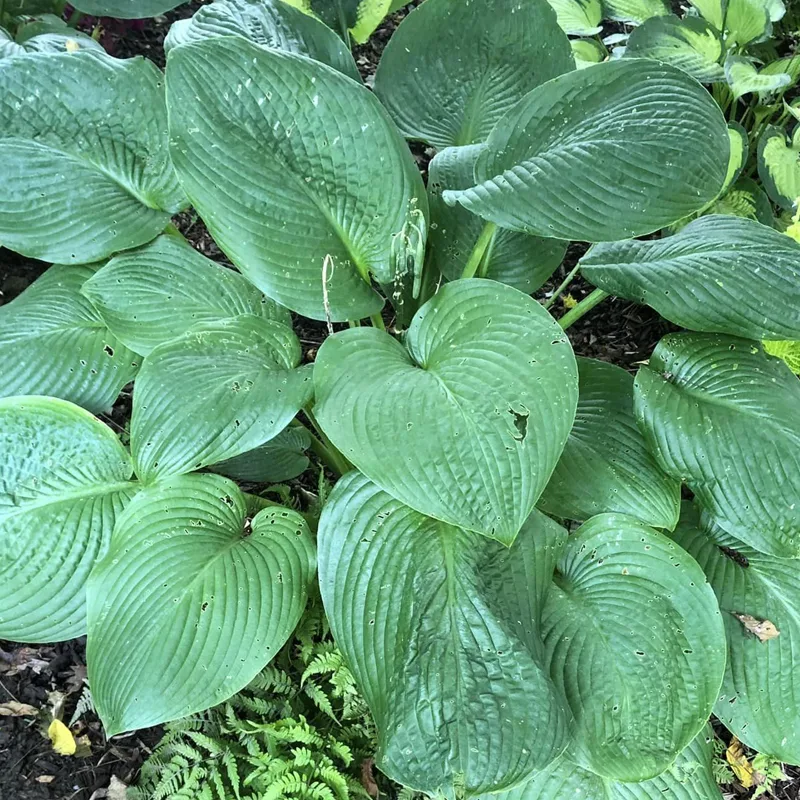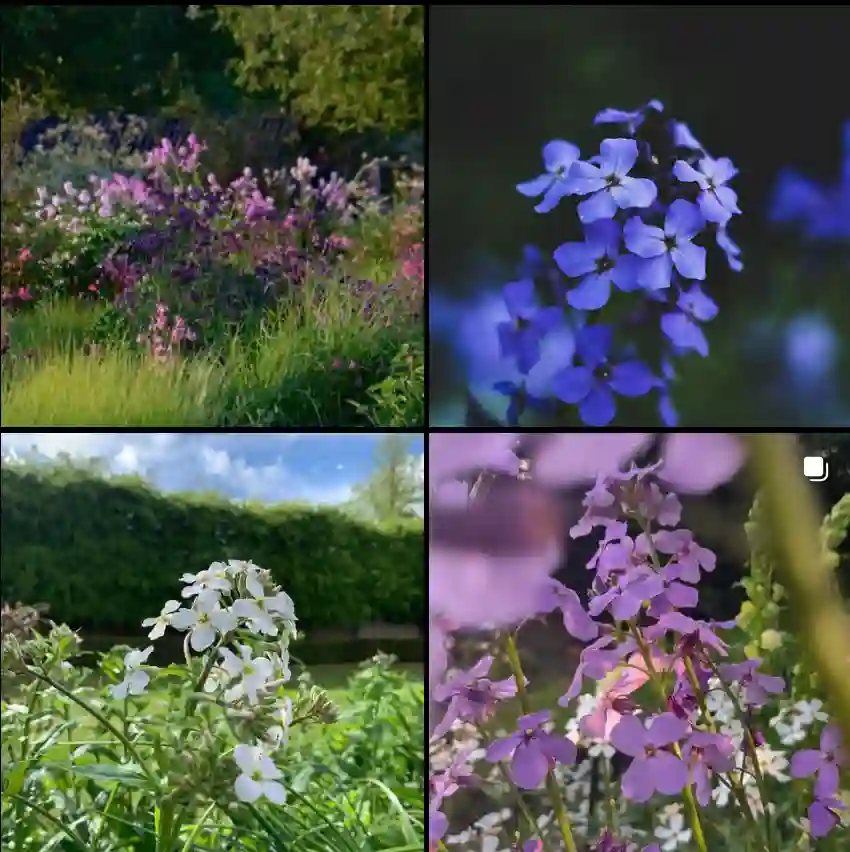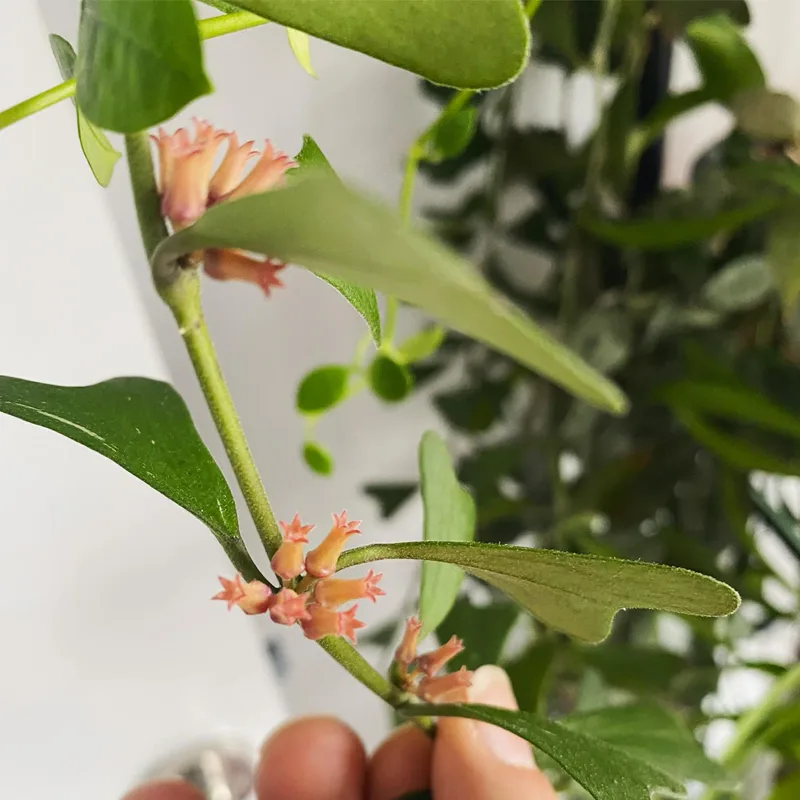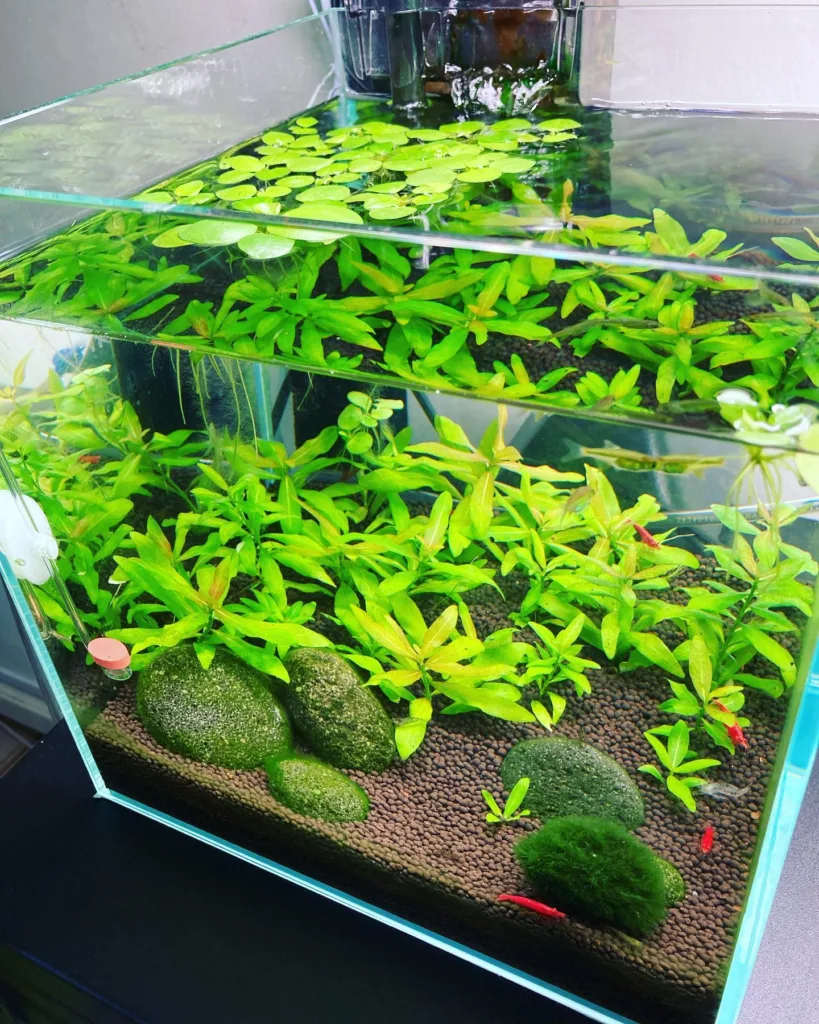FAQs About Ambrosia Confertiflora
As someone who loves gardening and exploring unique plants, I’ve come across Ambrosia Confertiflora, a fascinating species that’s not as widely known as others. I’ve gathered some common questions and answers about this plant, which might help if you’re considering adding it to your garden. Here’s everything you need to know.
49 Species in Genus Ambrosia
What is Ambrosia Confertiflora?
Ambrosia Confertiflora, commonly known as the Denseflower Ragweed, is a perennial herb native to the southwestern United States and Mexico. It belongs to the Asteraceae family, which also includes sunflowers and daisies. This plant is distinguished by its small, dense clusters of yellow-green flowers and its ability to thrive in arid, rocky environments.
How to Care for Ambrosia Confertiflora?
Caring for Ambrosia Confertiflora is relatively straightforward. Here are some key points:
- Sunlight: This plant prefers full sun exposure. It thrives in bright, direct light, making it ideal for sunny spots in your garden.
- Soil: It’s adapted to well-draining soil, particularly sandy or rocky soils. Ensure the soil is not too rich or moist, as this can lead to root rot.
- Watering: Watering should be minimal. The plant is drought-tolerant and can survive with infrequent watering. Allow the soil to dry out between waterings to avoid overwatering.
- Temperature: Ambrosia Confertiflora is hardy to a range of temperatures but performs best in warm climates. It can handle a bit of frost but may not be suitable for very cold areas.
- Pruning: Light pruning to remove dead or damaged stems can help keep the plant healthy and encourage new growth.
How to Propagate Ambrosia Confertiflora?
Propagation of Ambrosia Confertiflora can be done through seeds or cuttings:
- Seeds: Collect seeds from mature plants. Sow them directly in the garden or in pots. Lightly cover the seeds with soil and keep them in a warm, sunny location. Germination usually occurs within a few weeks.
- Cuttings: Take cuttings from healthy, established plants. Dip the cut end in rooting hormone and plant it in a well-draining medium. Keep the cuttings in a warm, bright area and water them lightly until roots develop.
What to Plant With Ambrosia Confertiflora?
Ambrosia Confertiflora pairs well with other drought-tolerant plants. Some good companions include:
- Desert Marigold (Baileya multiradiata): Its bright yellow flowers complement the denseflower ragweed.
- Red Yucca (Hesperaloe parviflora): Adds vertical interest and thrives in similar conditions.
- Blanket Flower (Gaillardia spp.): Provides a splash of color and enjoys the same sunny, dry environment.
Is Ambrosia Confertiflora Toxic?
Ambrosia Confertiflora is not known to be toxic to humans or pets. However, like many plants in the Asteraceae family, it might cause mild skin irritation in sensitive individuals. It’s always a good idea to handle it with gloves and wash your hands after contact.
Benefits of Ambrosia Confertiflora
One of the main benefits of Ambrosia Confertiflora is its low maintenance needs. It’s perfect for xeriscaping or low-water gardens. Additionally, it attracts pollinators like bees and butterflies, contributing to a healthy garden ecosystem.
Common Problems
While Ambrosia Confertiflora is relatively resilient, it can face a few issues:
- Overwatering: As a drought-tolerant plant, too much water can cause root rot. Ensure proper drainage and let the soil dry out between waterings.
- Pests: It’s generally pest-resistant, but occasional issues with aphids or spider mites might occur. Regularly check for signs of infestation and treat as needed.
Compare with Similar Plants
If you’re considering similar plants, here’s how Ambrosia Confertiflora compares:
- Ambrosia artemisiifolia (Common Ragweed): Unlike Ambrosia Confertiflora, this species is more aggressive and can cause allergic reactions due to its pollen. It’s also less suited to dry, rocky soils.
- Coreopsis tinctoria (Plains Coreopsis): This plant also offers a sunny, vibrant look but prefers a bit more moisture and isn’t as drought-tolerant as Ambrosia Confertiflora.
Final Thoughts
Ambrosia Confertiflora is an excellent choice for a low-maintenance, drought-tolerant garden. Its unique appearance and minimal care requirements make it a valuable addition to any garden, especially in arid regions. Whether you’re a seasoned gardener or just starting out, this plant is worth considering for your landscape.
If i die, water my plants!



